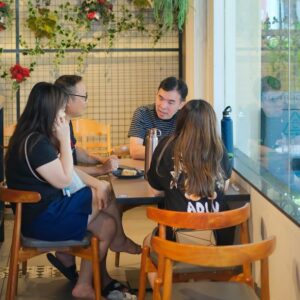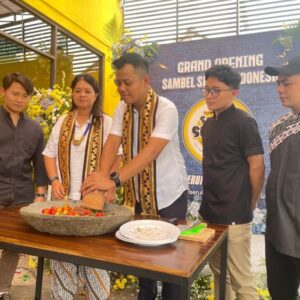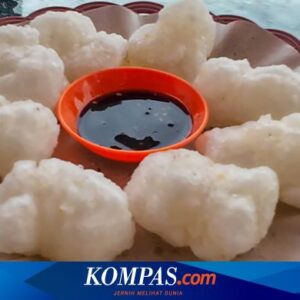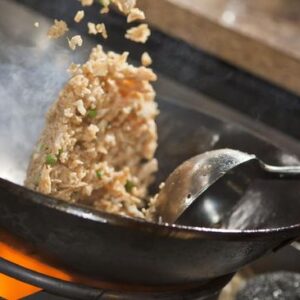Jakarta, CNN Indonesia —
Life in a palace is not always as beautiful as a fairy tale. Classmate Gus Dur Just struggling with the same menu included vegetable lodeh and fried catfish.
The 4th President of the Republic of Indonesia Abdurrahman Wahid alias Gus Dur experienced a transition period from the empty Merdeka Palace to a lively and inhabited palace.
Gus Dur’s third daughter, Inayah Wahid, said that at that time her father set a policy so that the palace could be used again.
ADVERTISEMENT
SCROLL TO CONTINUE WITH CONTENT
“Gus Dur chose to live in the palace. He always said, ‘Can you imagine going from Ciganjur to the palace every morning? How many people are annoyed, their way is blocked for the President. We work for them, why bother them’,” recalled Inayah in the conversation. with the Indonesian Gastronomy Community (IGC) at the Borobudur Hotel, Central Jakarta, Thursday (15/8).
Living in a palace that was initially uninhabited had various consequences, one of which was limited kitchen equipment. Inayah said that when the family first moved, there was no food available so they had to buy food outside the palace.
The food menu also revolves around a similar menu, including lodeh vegetables, fried catfish, tamarind vegetables and fried tempeh.
“Tonight it’s vegetable lodeh and fried catfish. Tomorrow it’s vegetable tamarind and tempeh. Tomorrow it’s vegetable lodeh and tempeh. It keeps turning around like that. That’s why there’s no online motorcycle taxi service yet,” said Inayah, followed by laughter.
However, Gus Dur is a food lover. Inayah said that food has become the love language of Wahid’s extended family.
Just eating with the family, the menu is like the kenduri menu (a banquet to commemorate a certain event, ask for blessings or give thanks).
According to Inayah, Gus Dur is like a data bank of delicious places to eat in Jakarta and East Java. His eyesight is not like most people’s, but he can provide detailed clues to where they are.
For Gus Dur, food can be a political medium. From the data and information that Inayah found about her father, in fact ideas, big ideas about the nation were not always born from big and heavy conferences or discussions.
“In the pre-palace era (before Gus Dur lived in the palace) more thoughts and ideas about this country were built in satay stalls, soto stalls, next to noodle carts,” he said.
As soon as he entered the palace, Gus Dur wanted the palace to be a place close to the people, one of which was through its menu.
Inayah remembers accompanying her mother, Shinta Nuriyah Wahid, to meet guests from an arts group from Java. They were served a menu of local food which was the main focus of the palace.
“They ate and then said to each other, ‘All the way to the palace, the food is like at home. Well, the palace feels like home,” said Inayah while laughing.
(els/pua)
[Gambas:Video CNN]






